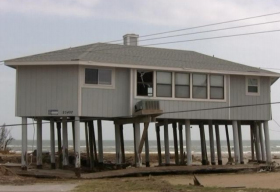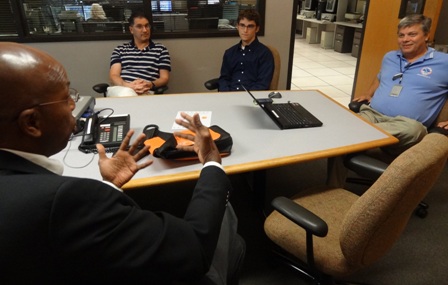 Wind Hazard Damage Assessment members, David Rouche, Dr. David Prevatt, and Jeandona Doreste traveled to the National Weather Service Meteorology office in Jacksonville, FL on Thursday, August 15th, to discuss the rating of the recent 1 August 2013 tornado in Jacksonville. The purpose for the trip was to discuss the damage evidence from the recent tornado and to establish a relationship for possible future collaboration.
Wind Hazard Damage Assessment members, David Rouche, Dr. David Prevatt, and Jeandona Doreste traveled to the National Weather Service Meteorology office in Jacksonville, FL on Thursday, August 15th, to discuss the rating of the recent 1 August 2013 tornado in Jacksonville. The purpose for the trip was to discuss the damage evidence from the recent tornado and to establish a relationship for possible future collaboration.
The team was greeted by Al Sandrik, warning coordination meteorologist, and then given a tour of the facilities. The team was also introduced to the current staff of the facility, many of whom also participated in the meeting which followed.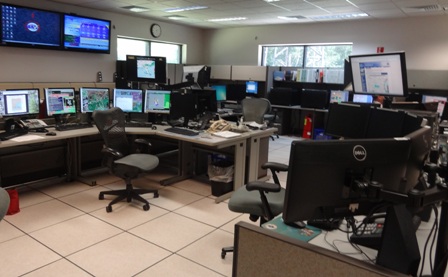
David Roueche gave a 30 minute presentation on the mission and intentions of the University of Florida’s wind hazard damage assessment group, which led into a discussion of the recent Jacksonville tornado. The damage evidence presented consisted of snapped tree trunks, uprooted trees, and a local failure in the gable end of a 1975 apartment building. After reviewing the damage evidence, highlighting the known weaknesses of the gable end truss in wood-frame construction, the NWS meteorologist decided to reassess the EF-2 damage rating and possibly scale the tornado intensity down to an EF-1. In addition to the discussion of the Jacksonville tornado, additional discussions included the economic viability of retrofitting homes, how to communicate the risks to life and property as a result of a tornado when there is a 1/16th of a percent chance of a tornado actually hitting a specific area (this is the probability of a specific home being hit, given the area is under a tornado warning. The probability of a tornado striking a specific point without that condition is much lower). Also discussed was the potential for future collaboration between NWS meteorologists and the UF Wind Engineering community, starting with a tour of the UF facilities sometime in the beginning of 2014. With so much still to learn about tornadoes and the damages they cause, collaboration between meteorologists and wind engineers is a much-needed relationship.
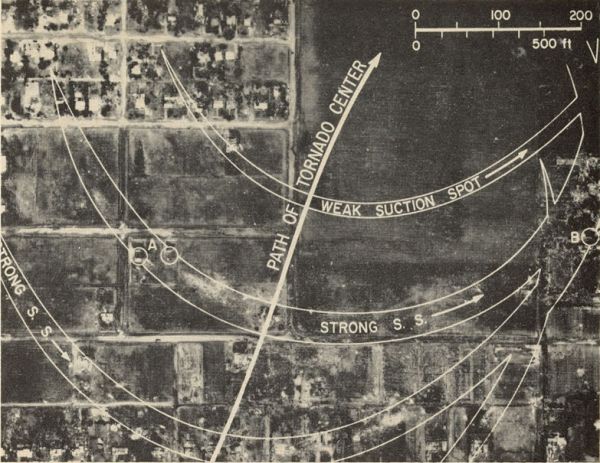 This week we remember the massive tornado that tore through Lubbock, Texas on May 11th 1970, leaving 26 dead, $1.48 billion (in 2013 dollars) in damages, and dozens of homes and businesses destroyed.
This week we remember the massive tornado that tore through Lubbock, Texas on May 11th 1970, leaving 26 dead, $1.48 billion (in 2013 dollars) in damages, and dozens of homes and businesses destroyed.









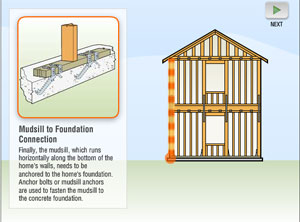
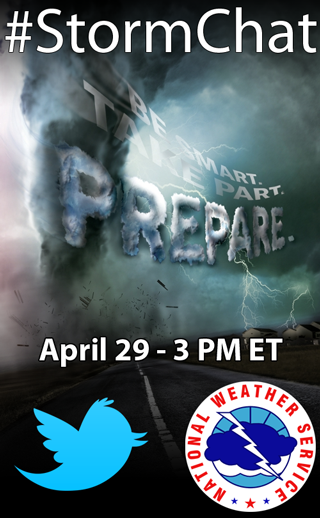
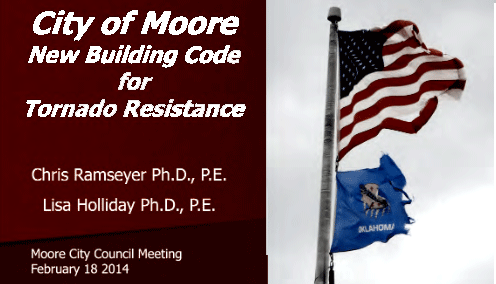

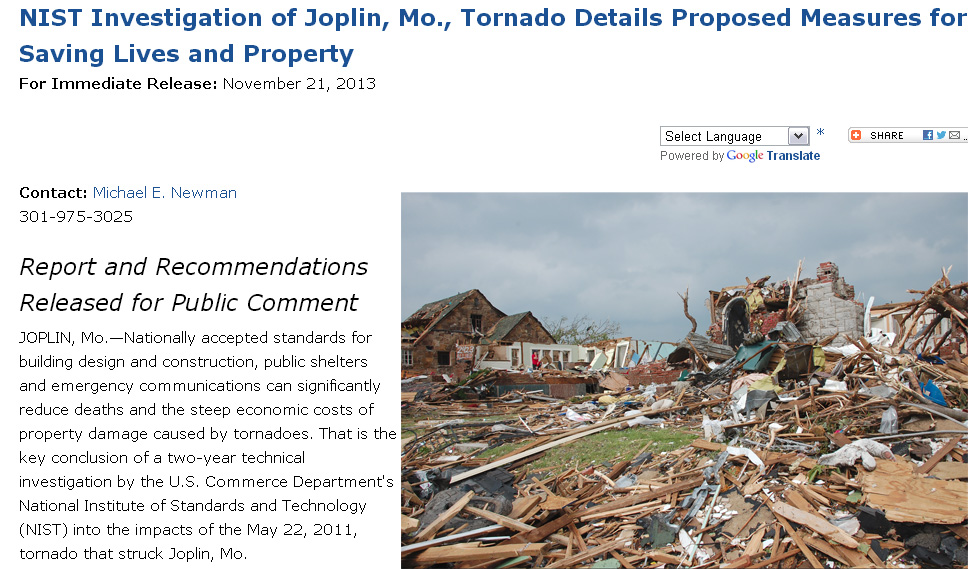
 Wind Hazard Damage Assessment members, David Rouche, Dr. David Prevatt, and Jeandona Doreste traveled to the National Weather Service Meteorology office in Jacksonville, FL on Thursday, August 15th, to discuss the rating of the recent 1 August 2013 tornado in Jacksonville. The purpose for the trip was to discuss the damage evidence from the recent tornado and to establish a relationship for possible future collaboration.
Wind Hazard Damage Assessment members, David Rouche, Dr. David Prevatt, and Jeandona Doreste traveled to the National Weather Service Meteorology office in Jacksonville, FL on Thursday, August 15th, to discuss the rating of the recent 1 August 2013 tornado in Jacksonville. The purpose for the trip was to discuss the damage evidence from the recent tornado and to establish a relationship for possible future collaboration.
